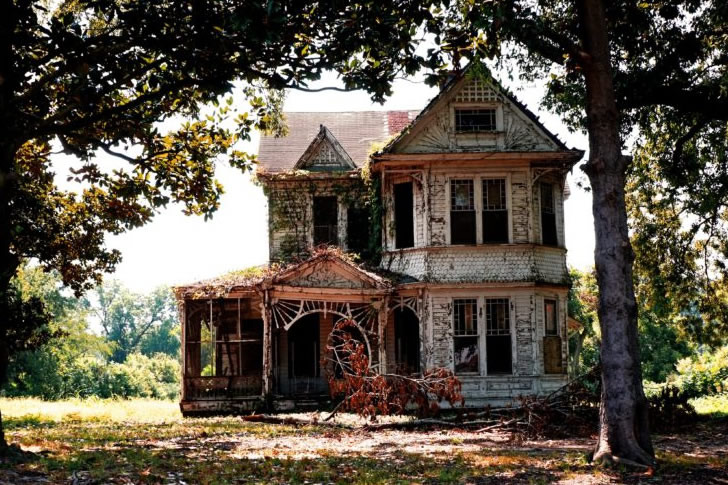Available Unsold Abandoned Houses
Introduction to Available Unsold Abandoned Houses
In many regions across the country, the phenomenon of unsold abandoned houses is becoming increasingly visible. These properties, many left in a state of neglect, offer both challenges and opportunities for communities and potential homeowners alike. Understanding the scale, reasons behind their abandonment, and the potential ways to leverage these properties is critical for addressing urban blight and the housing shortage simultaneously.

The Scale of the Issue
According to recent studies, there are over 1.5 million vacant homes across the United States that have been deserted and are currently unsold. These homes often cluster in areas that have suffered economic setbacks, industrial decline, or high crime rates. Cities like Detroit, Baltimore, and Cleveland are hotspots for such properties, where shifts in population and economic downturns have left significant marks on the housing landscape.
Economic Impacts of Unsold Abandoned Houses
The presence of abandoned unsold houses can lead to several negative economic impacts on a community. Property values in areas with high vacancy rates can plummet, which in turn reduces the property tax revenue that municipalities rely on to fund services like education, sanitation, and public safety. Additionally, these homes can become magnets for vandalism and crime, further eroding the quality of life for remaining residents and decreasing the attractiveness of neighborhoods to potential new residents or investors.
Environmental and Social Issues
Abandoned homes also contribute to a variety of environmental issues. Neglected properties can become overgrown with vegetation, potentially harboring pests and leading to health concerns. Structures in disrepair may pose fire hazards or contain hazardous materials like lead paint and asbestos, creating long-term health risks. Socially, the blight of abandonment leads to a sense of decay, undermining community cohesion and pride, which is essential for neighborhood stability and growth.
Opportunities for Redevelopment
Despite these challenges, vacant and abandoned properties hold significant potential for urban renewal and community development. Investors and homebuyers interested in redevelopment can often purchase these properties at low cost, providing an opportunity to renovate homes and enhance neighborhood appeal. Furthermore, several cities have initiated programs that encourage renovation and occupation of abandoned homes. For instance, programs like dollar home sales or tax incentives for renovators have been launched to attract investment into these neighborhoods.
Legal and Logistical Challenges
Redeveloping abandoned unsold houses is not without its challenges. Legal complexities can arise related to titles, as these properties may have numerous liens or unclear ownership that can take months or years to resolve. Additionally, the structural integrity of neglected homes often requires significant investment to bring them up to code, which can deter potential buyers. Municipalities must enhance the attractiveness of these ventures by streamlining legal hurdles and possibly subsidizing part of the renovation costs.
Case Studies and Success Stories
Cities that have effectively tackled the issue of abandoned properties provide valuable roadmaps. For example, the city of Detroit has implemented the Detroit Land Bank Authority, which auctions homes in need of repair but provides clear titles and requirements for quick rehabilitation. This has not only reduced the burden of abandoned homes but has also revitalized entire neighborhoods, increased property values, and attracted new residents and businesses.
Future Trends and Innovations
Looking forward, the challenge of unsold abandoned homes is likely to spur further innovation in urban planning and housing policy. Technologies like building information modeling (BIM) and 3D printing are starting to be envisaged as tools to expedite the construction and renovation processes. Furthermore, there is a growing trend towards sustainable redevelopment, using eco-friendly materials and methods to not only rehab old homes but also guard against future environmental decay.
Conclusion
Unsold abandoned houses represent a multifaceted challenge stretching across ecological, social, and economic domains. However, with thoughtful intervention, these properties provide unique opportunities for community revitalization and economic development. Future strategies should focus on combining regulatory reforms, technological innovations, and community engagement to transform these neglected spaces into vibrant areas conducive to living and growth.







Recent Comments